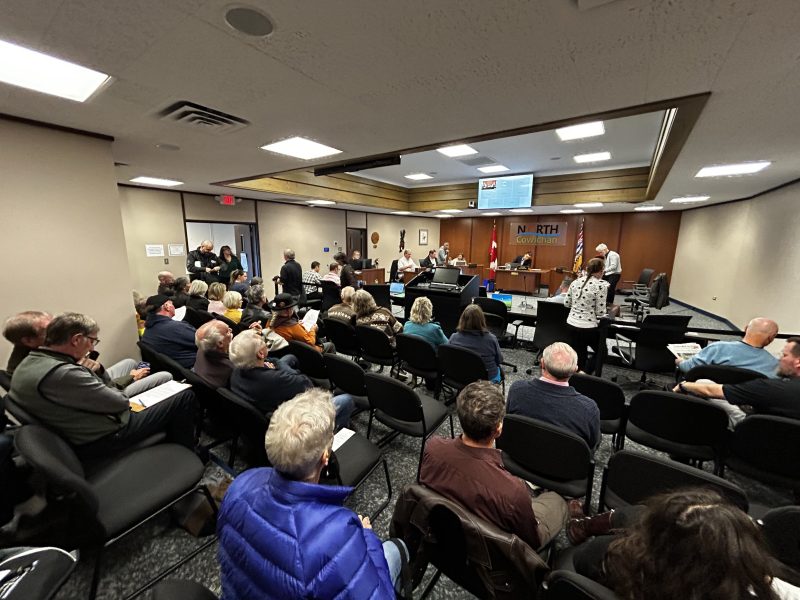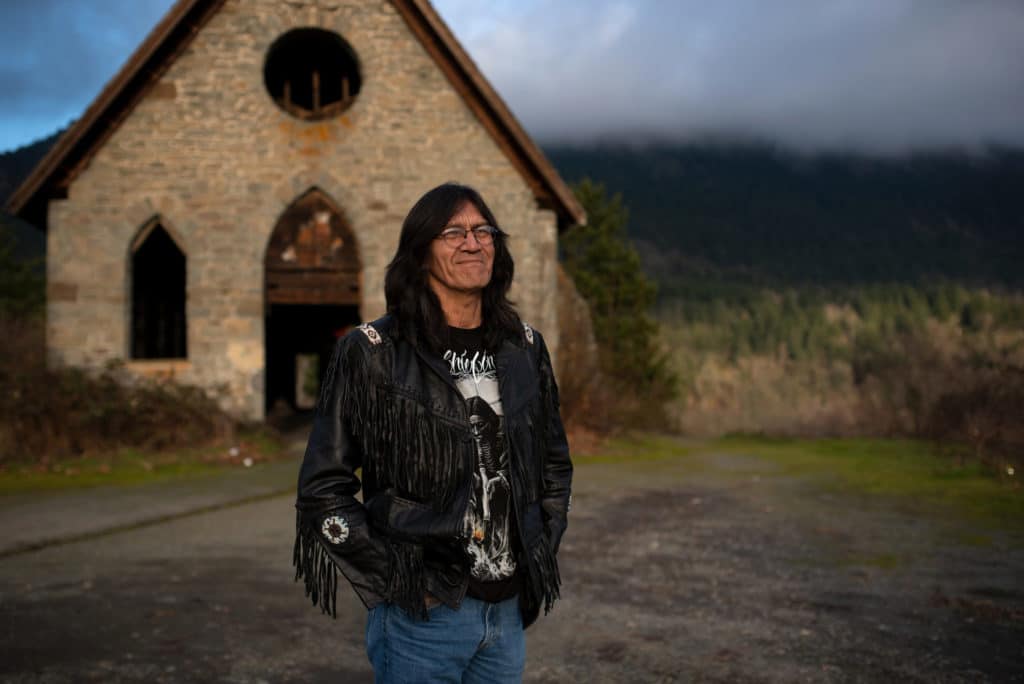
Harold Joe (Xulputstun), a Cowichan Tribes actor, grew up comparing himself to the legendary Chief Tzouhalem. The story of the former Cowichan Tribes Chief was always close to him. Harold’s grandmother often told him stories about Tzouhalem’s tall nature and independence — traits Harold found within himself, too.
Decades later, Harold has put this story on the big screen.
An upcoming film — combining reenactments and interviews with Cowichan Tribes Elders and historians — tells the riveting story of Chief Tzouhalem, who lived amongst and led the Quw’utsun People during the mid-1800s. The film is called “Tzouhalem” and was recently screened for the first time in front of audiences on the Skwxwú7mesh (Squamish) and Lilwat7úl (Lil’wat) territories in Whistler and on Vancouver Island. Tickets for upcoming screenings, March 11 through 14 in lək̓ʷəŋən territory (Victoria), Quw’utsun territory (Duncan) and xʷməθkʷəy̓əm, Sḵwx̱wú7mesh, and Sel̓íl̓witulh territories, (Vancouver) are available but selling fast.
Tzouhalem’s story is both history and legend, says Leslie Bland, the film’s director.
Harold is the star of the film formed Orca Cove Media alongside Leslie. It’s a local production team that focuses on producing films, television and digital media projects that have “distinctive and authentic First Nations content.”
Through films like “Tzouhalem,” both Harold and Leslie say they hope to empower Indigenous people to share their stories with domestic and international audiences.
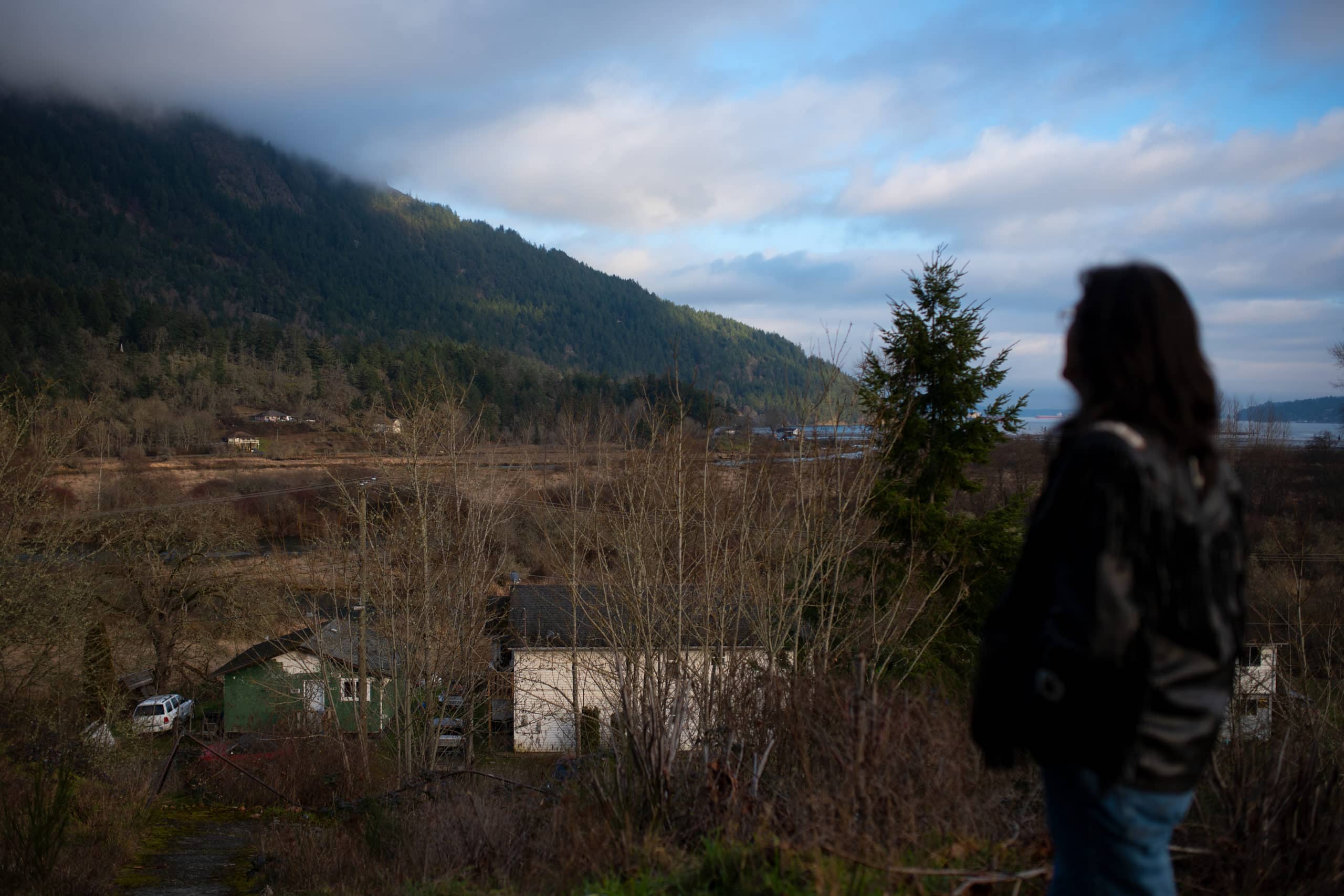
A legendary chief
The story the film tells is multifaceted, touching on Tzouhalem’s achievements, battles and downfalls, Leslie says. The film also highlights the importance and complexity of First Nations self governance.
Tzouhalem was deformed at birth with a hunched back, says Leslie. Through strength of character and pure willpower, taught to him by his grandmother, he became known as one of the most powerful First Nations Elders in the Pacific Northwest.
In an article for The Discourse, local writer Jared Qwustenuxun Williams tells the story of Chief Tzouhalem and also touches on the Chief’s birth. He uses a Hul’q’umi’num’ version of Tzouhalem’s name, Ts’uwxilum.
“It is said that when Ts’uwxilum was born there was a great storm and that thunder and lightning filled the sky. Ts’uwxilum’s father was appalled when he looked upon his disfigured son, for Ts’uwxilum’s head was too large and he had a hunched back. And if it weren’t for the pleas of his mother, Ts’uwxilum would have been ‘cast into the clam shell piles,’” Qwustenuxun writes.
Related story: Who was Chief Tzouhalem?

The film also highlights Tzouhalem’s leadership, Leslie says. It tells of how Tzouhalem brought many Coast Salish nations together, leading them to victory in the Battle of Maple Bay.
“It’s the biggest battle in recorded history in this part of the world, [and] he was the planner and victor of that battle,” Leslie says.
Related story: What happened at the great battle at Maple Bay?
Tzouhalem’s story takes place during the time of colonization, Leslie notes, but the film focuses on his relationship with surrounding First Nations and Indigenous law.
“You come for the war chief, you leave with an appreciation for First Nations self government.”
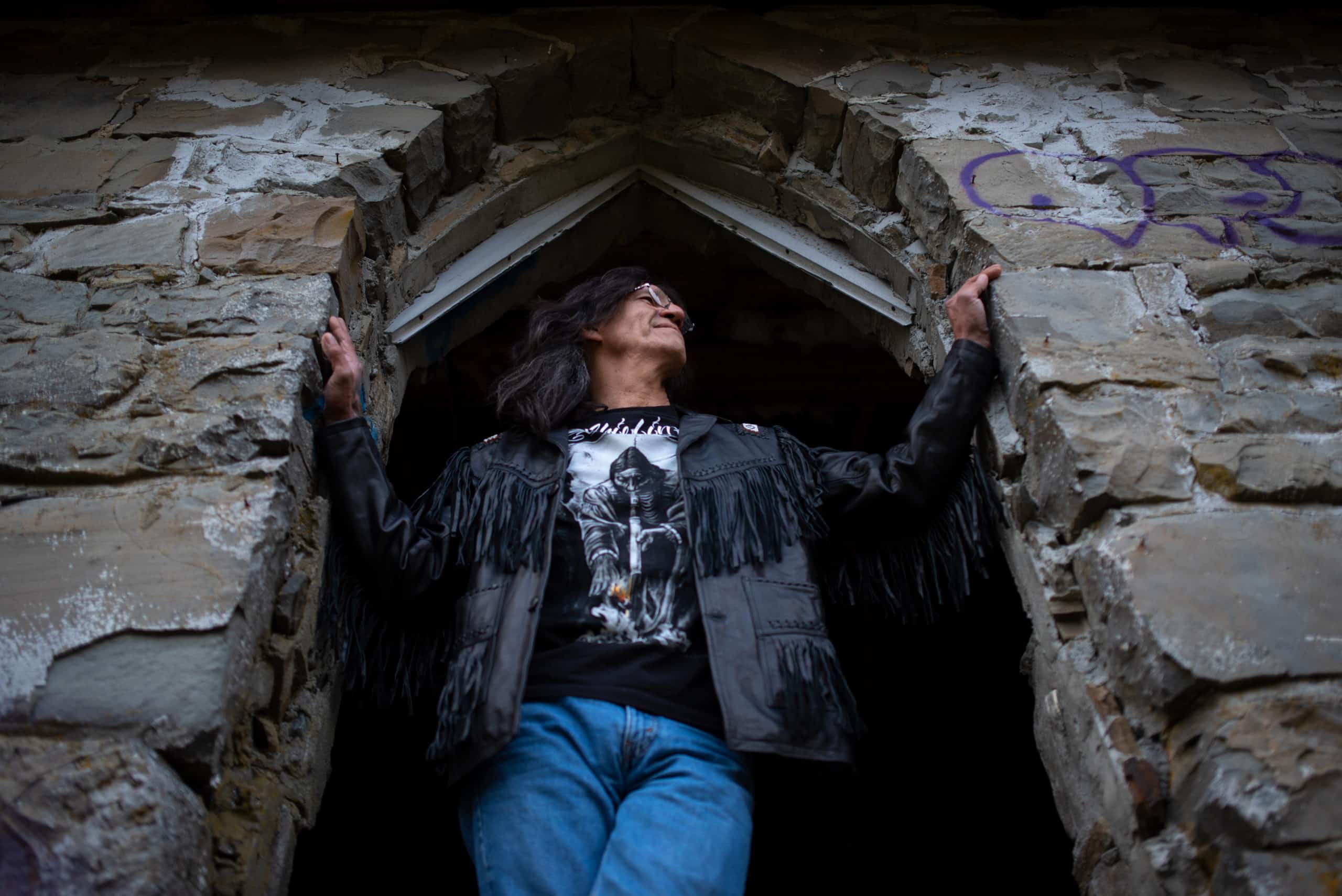
A local cast
Something unique to this historical film is that it has been re-enacted largely by Quw’utsun people.
“It’s actually a community re-enacting its own story, which makes it, I think, really unique,” Leslie says.
For Harold, having a local cast tell the story of its own community’s past was extremely important. Only this way, he says, can the story be told correctly.
Traditionally, First Nations stories have been passed down orally. Starting the process of translating conversations to film was a challenge, Leslie says. Together with talented professionals, such as director of photography and editor Gavin Andrews, and the team at Empress Avenue Media, Leslie says they were able to achieve this.

Harold says he has always been drawn to the story of Tzouhalem because there are parallels between the Chief’s life and his own. One of these parallels is that both were raised by and learned from their grandmother.
“It’s our time to tell what we’ve been wanting to tell,” Harold says. “We have stories and they’re endless stories that — no offense to non-First Nations [people] — [don’t] have the snuw’uy’ulh, the teachings, behind it.”
Leslie believes the fact that most people will have only heard a small part of Tzouhalem’s story is indicative of whose stories get air time and whose are ignored.
Film was a long time coming
A successful film about First Nations people and stories must have the perspective of Elders, Chief and council and the community as a centrepoint, Harold says. The knowledge of historians and anthropologists should be included, too. This was achieved in “Tzouhalem” he says.
He explains that when working on a film, documentary or story related to his community, a blessing and endorsement of support is needed from Cowichan Tribes. Seeking out that support is something he and Leslie did “right away.”
“To have an endorsement from Cowichan Tribes was really huge for us,” Harold says. “Because everybody in the community knows who Tzouhalem was, and who he is — his legacy and what he’s done, how he was as a leader for our people,” Harold explains.

This film has also been a long time coming, Harold says. It almost came to fruition more than 15 years ago. Joe was working with a different director at the time and could not obtain a blessing from Cowichan Tribes.
“As a local First Nations guy, I’m nervous as well. I’ve screened films before but this one is different,” Harold says. “Everyone knows this one. Everyone knows the story. They’re excited. Personally, I’m a bit nervous because it’s going to be screened in my backyard.”
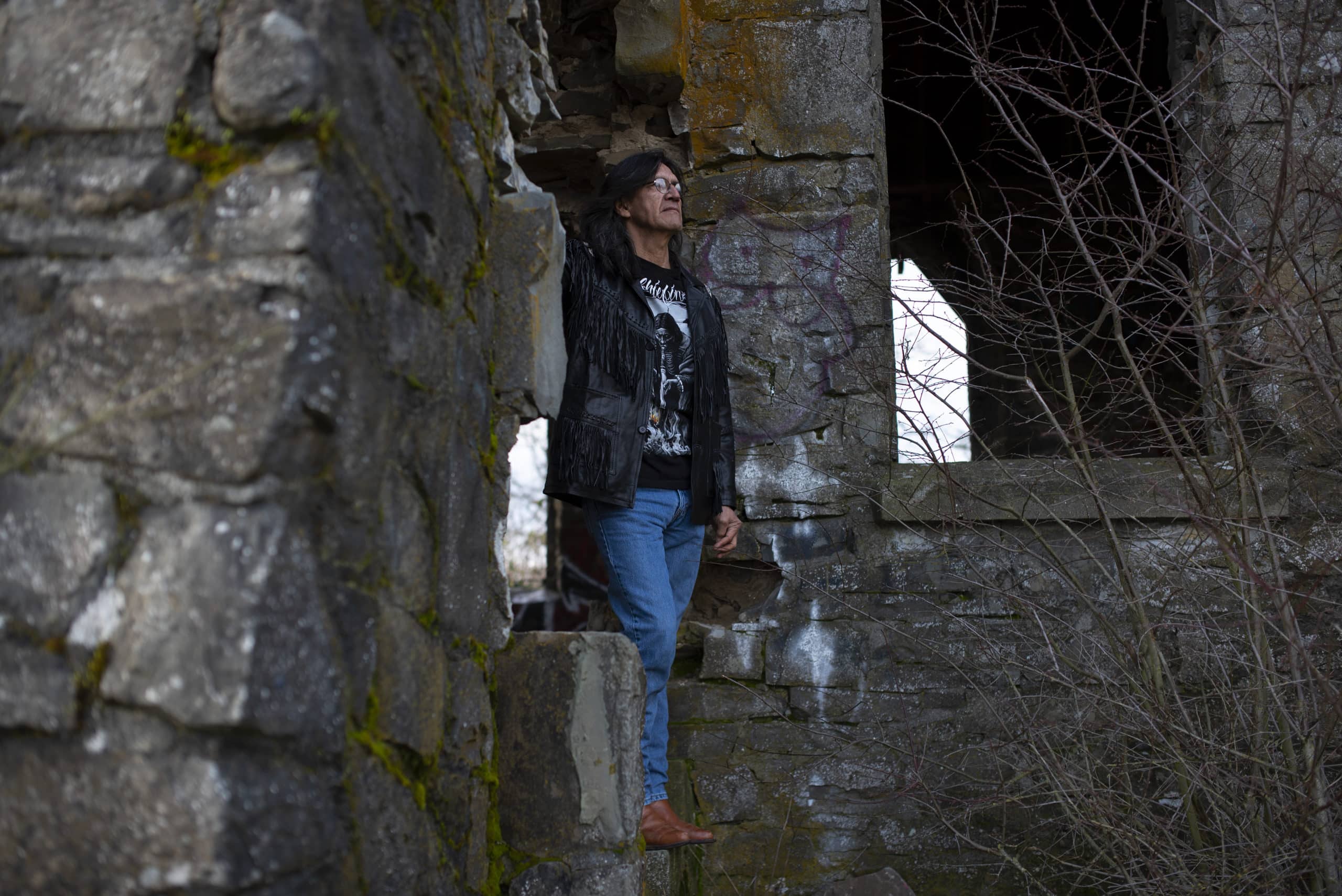
Harold hopes this film serves as an opportunity to educate people and leave something behind for the next generation.
“When I grew up in school there was nothing like this,” Harold says. “For me to tell this story […] it’s something that the education system can have and look at and share and teach. There’s so many subliminal messages in ‘Tzouhalem.’” [end]



